Aromatherapy for dogs caters to relaxation and happiness. This natural remedy can do wonders, helping support our furry friends' mood and well-being.
By using essential oils, you can create a calming environment that supports your dog's overall health. But, like all good things, there are some risks you need to be aware of. Let's dig deeper and get the lowdown.
What Is Aromatherapy?

Aromatherapy, also called essential oil therapy, is the art of using essential oils to help improve health and mood. And according to some, it may be highly beneficial for our companion animals, too, if used correctly. These potent substances aim to create a soothing environment, promoting relaxation and comfort. It harnesses the power of nature to help your pup feel comfortable and at ease.
How Aromatherapy Works for Pets
Aromatherapy uses the powerful scents of essential oils to trigger calming responses in your dog. When diffused or applied in small drops, these oils may interact with your pup's sensory system and act as mood support. It's like a mini spa treatment for your furry buddy!
Benefits of Aromatherapy for Dogs
Essential oil therapy isn't just about smells but about potential benefits. From calming anxiousness to providing pest protection, these substances work to promote your dog's well-being. Ready to see how this holistic treatment may help your pup thrive? Let's discuss the perks.
Promoting Relaxation and Easing Stress
Using essential oils seems to work well for promoting relaxation and easing stress in dogs. For example, chamomile and lavender oils may create a calming atmosphere to help your pup feel more at ease. Whether it's fireworks or a trip to the vet, aromatherapy may help keep those anxious vibes at bay.
Supporting Joint and Muscle Comfort
Essential oils may also support joint and muscle comfort for our canine friends. This could be more useful for elderly dogs with aging joints and mobility issues. Oils like ginger and lavender may help soothe discomfort and promote mobility.
Natural Pest Repellent Properties
Essential oils can also act as natural flea and tick repellents. Citronella and eucalyptus, for example, help detour those pesky pests away without harmful chemicals. It's an all-natural alternative to protect your pup, potentially preventing skin issues and keeping them fresh and bug-free.
Common Essential Oils Used in Aromatherapy for Dogs
When it comes to aromatherapy for our canine friends, some essential oils shine brighter than others. Let's check out a few of the most popular ones to use for your pup's wellness.
Lavender for Calmness
Lavender is a go-to oil for calming your pup and easing fear. Its soothing scent promotes relaxation, helping your dog unwind after a long day. Be it a noisy environment or a stressful car ride, lavender may be useful for your anxious furry buddy.
Chamomile for Relaxation
Chamomile is another powerhouse for promoting relaxation. Known for its calming properties, chamomile may help soothe your dog's nerves and promote quality rest. This gentle oil works wonders to help your pet stay calm during stressful situations, such as thunderstorms or travel.
Peppermint for Comfort
Peppermint oil is a great option for bringing comfort to your furry friend. It may help ease muscle tension and promote a sense of alertness. A little peppermint can go a long way in supporting your pet's comfort levels and keeping them feeling fresh.
Risks and Precautions of Aromatherapy for Dogs
Many pet owners ask, "Are essential oils safe for dogs?" The truth is, while aromatherapy can be useful for our companion animals, there are also potential risks involved. Some extracts can be harmful if used incorrectly, so vigilance is key. Let's go over what you need to know to keep your pup safe while enjoying the benefits of essential oils.
Potential Toxicity of Certain Oils
Some essential oils can be toxic to dogs, so using them with care and caution is important. For example, cinnamon, citrus, and tea tree oils can cause serious health problems if ingested or applied improperly. Keep in mind if applied topically, dogs can lick it off and in turn, ingest some of the oil.
The Environmental Protection Agency (EPA) advises caution when using oils around animals to guarantee their safety. Always double or triple-check before using any substance on or around your dog and other pets. If they show symptoms of essential oil poisoning after exposure, contact poison control immediately for help. Here are some of the symptoms to look out for signaling a negative reaction:
- Vomiting or drooling excessively
- Trembling or shaking
- Difficulty walking or uncoordinated movements
- Weakness or lethargy
- Labored breathing or coughing
- Redness or burns on the skin or gums
- Pawing at the mouth or face
- Watery eyes or nasal discharge
- Seizures (in severe cases)
- Unusual behavior or disorientation
Oil Dilution Practices for Pets
It's crucial to dilute essential oils properly to keep your pup safe. Undiluted oils can be way too potent for pets, causing irritation or worse. Always follow the recommended dilution ratios and use small amounts to ensure your dog enjoys the benefits without any unwanted effects. Start with a tiny spot or patch test to see how your dog reacts before using essential oils.
How To Use Aromatherapy With Safety In Mind
Using aromatherapy with dogs requires some simple guidelines to ensure safety. By using the right oils and applying them correctly, you can bring your furry buddy the benefits without the risks. Let's explore the best methods for using essential oils safely around your pup.
Diffusing Essential Oils in Your Home
To diffuse essential oils at home, simply add a few drops to a diffuser and let the calming fragrance fill the room. Make sure your dog can leave the area if they choose, and never leave the diffuser running unattended. Be careful when diffusing oils around cleaning products, as some scents may not mix well and could irritate you or your pup.
Direct Application vs. Indirect Methods
Direct application involves diluting the oils and applying them to your dog's skin or fur. On the flip side, indirect methods include diffusing oils to keep the scent in the air. Both approaches may be effective, but it's ideal to use the one that works best for your furry friend.
To avoid any potential harm, always observe the appropriate dosage guidelines and diffusing techniques. Direct applications can be more risky as the oil comes into contact with the skin and the dog may lick at the oil out of curiosity, boredom, or irritation.
Alternative Natural Calming Options for Dogs
Aromatherapy isn't the only option if you're looking for natural ways to calm your dog. There are plenty of alternative remedies that can help your pup relax and feel comfortable. Let's check out some other great calming solutions to keep your furry friend at ease.
CBD for Relaxation, Comfort, and Stress Relief

CBD (cannabidiol) is another powerful natural option for your dog's relaxation and stress relief. It works by interacting with your dog's endocannabinoid system (ECS) to promote balance and calmness.
HolistaPet's CBD products may help ease discomfort and promote a calm demeanor in your furry pal. With safe, effective doses tailored for our canine friends, our CBD goodies may complement aromatherapy or be used alone for wellness support. Check out our range of CBD products—from soft chews to crunchy treats, oils, and capsules—here on our website.
Dog Melatonin for Relaxation and Rest
Dog melatonin is another great tool for relaxation and promoting rest. It may help regulate your pet's sleep cycle, supporting quality rest and peaceful slumber.
HolistaPet's Melatonin Soft Chews for Dogs is a great option to support a good night's rest, especially for pups with sleep disturbances or fear of sleeping alone. This supplement may be the perfect addition to your canine companion's calming routine.
Frequently Asked Questions About Aromatherapy for Dogs
Got questions about aromatherapy for dogs? You're not alone! Let's clear up some common queries to make sure you're fully informed about how to use essential oils safely and effectively with your pet. Here are the answers to some of the most frequently asked questions.
Can All Dogs Benefit From Aromatherapy?
Not all dogs will react the same to aromatherapy, though many may benefit from the calming effects of essential oils. It's important to consider your pup's individual needs, including age, health, and sensitivity to scents and topical applications. If in doubt, consult your vet to see if aromatherapy is a good fit for your pooch.
What Oils Should Be Avoided Around Dogs?
Some oils can be harmful to dogs, so it's important to know which ones to avoid. Oils like tea tree, citrus, and cinnamon can be toxic if ingested or even inhaled. Always do your research or check with your vet before using any new oils to look out for your dog's safety.
Final Thoughts on Aromatherapy for Dogs
Aromatherapy may offer a natural and soothing way to support your dog's well-being, but it's essential to use it safely. With the right extracts, appropriate dosages, and mindful practices, your canine companion can enjoy the calming benefits of essential oils.
If you're looking for extra or alternative natural support, don't forget to check out HolistaPet's dog wellness products, like CBD and melatonin. We help you craft a complete wellness routine for your furry friend.


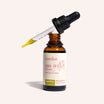

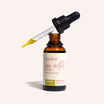
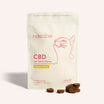
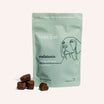
![Probiotics For Dogs [Soft Chews] - HolistaPet](http://www.holistapet.com/cdn/shop/files/Probiotic-Infographic-1_472d7a29-e30c-435a-9638-1365d8c3a9f9.jpg?v=1725384841&width=104)
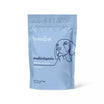
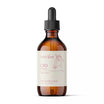
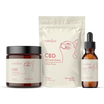

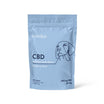
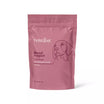
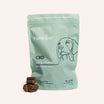
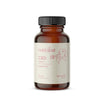
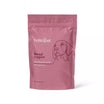
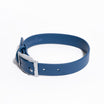

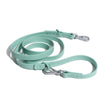

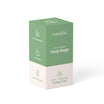
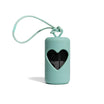



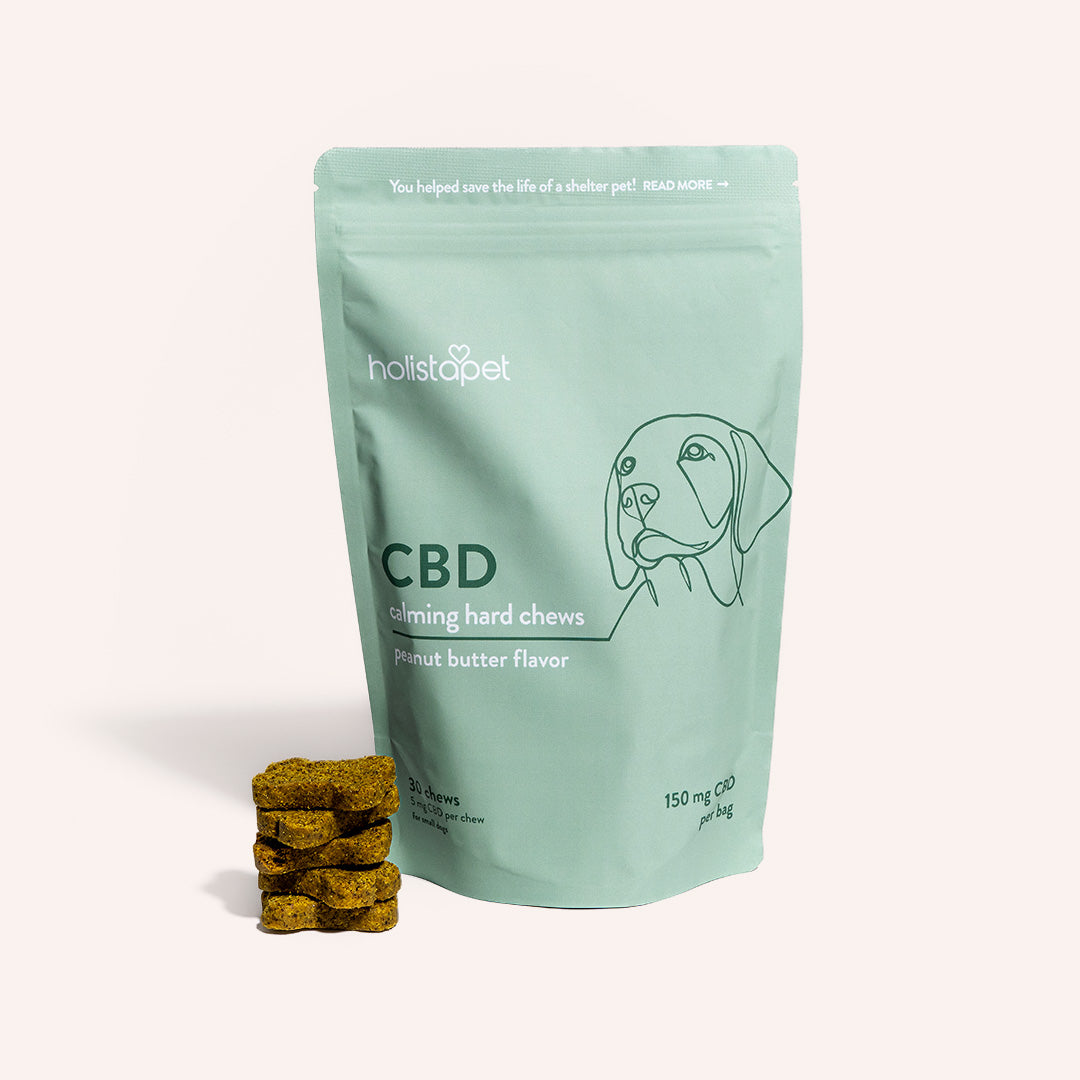
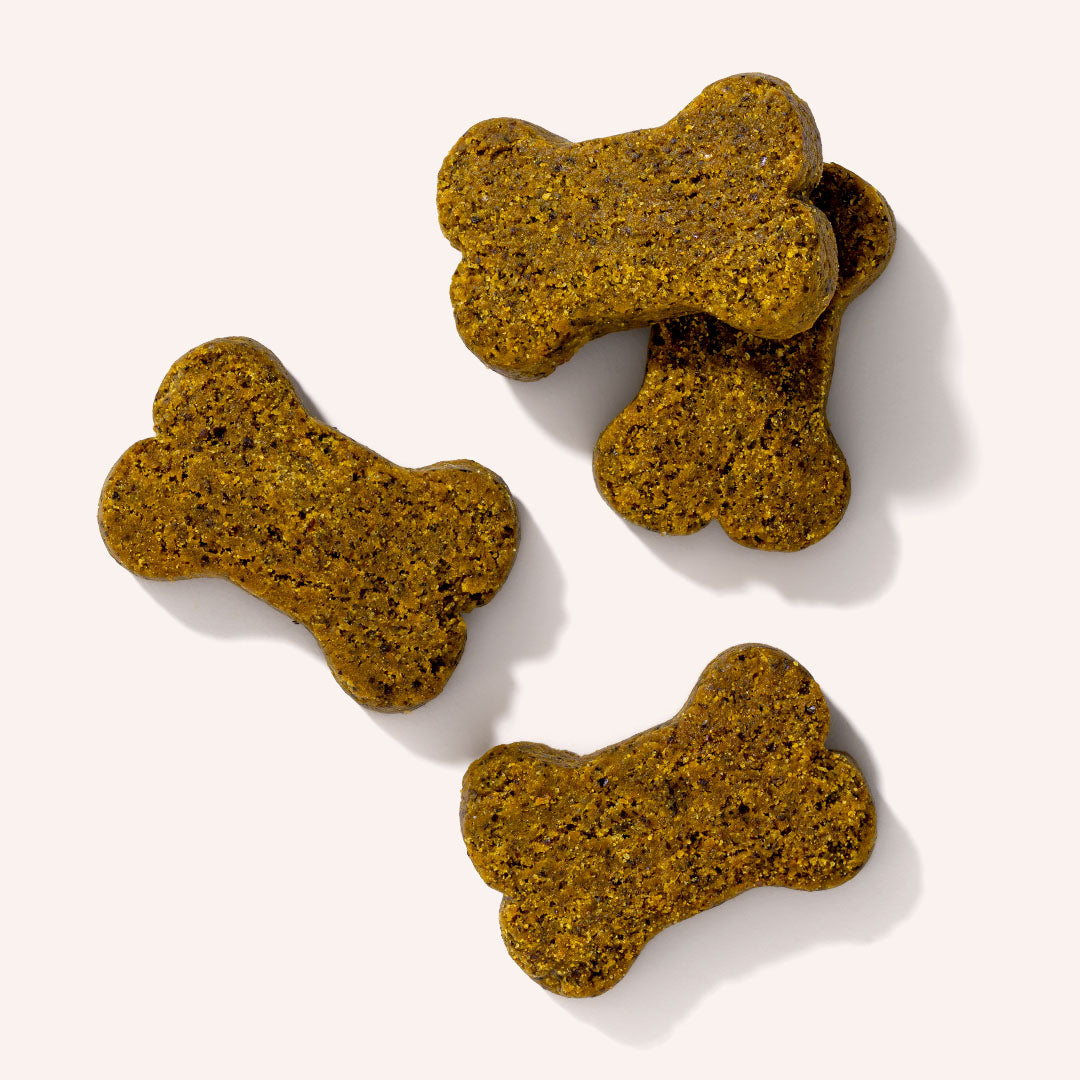
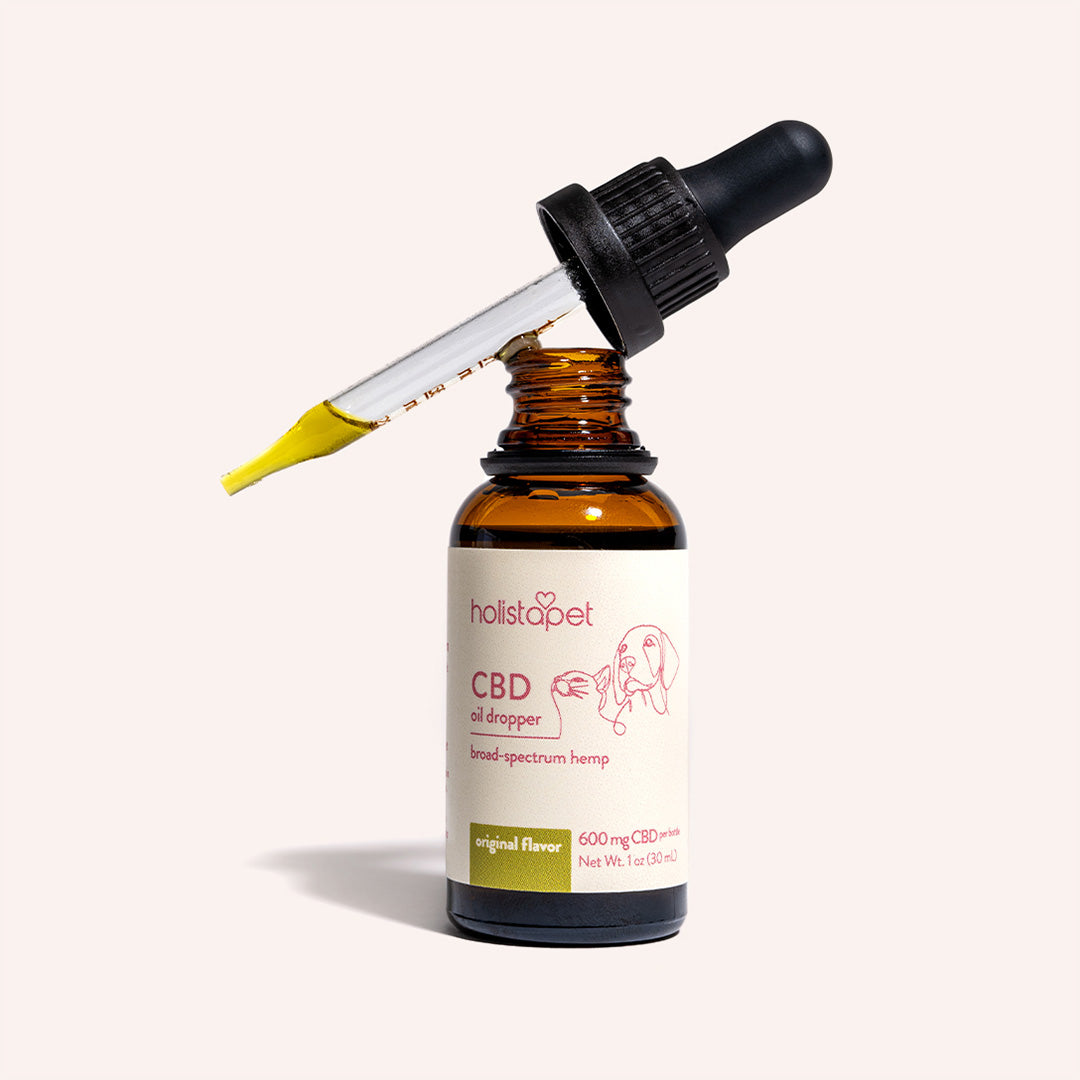
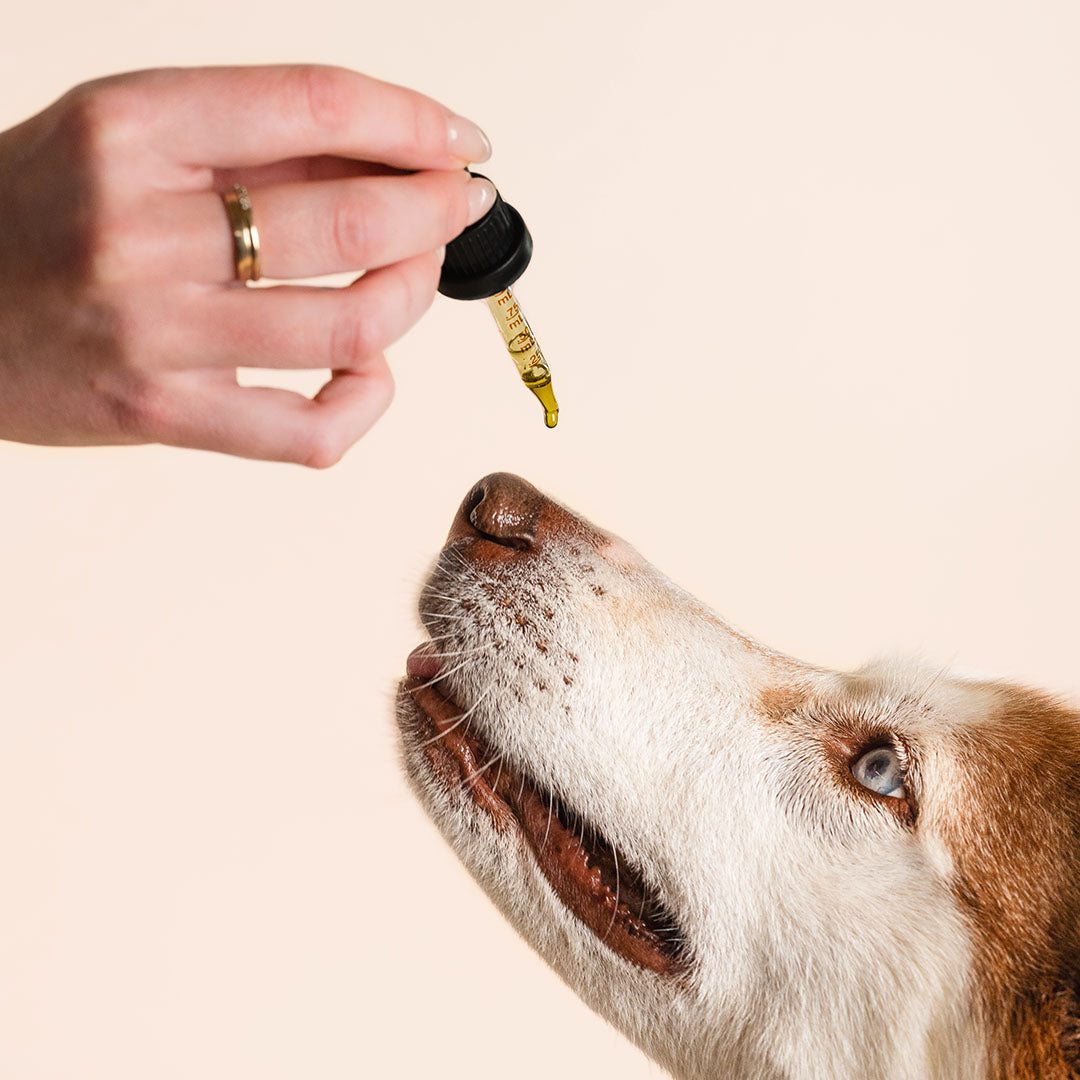
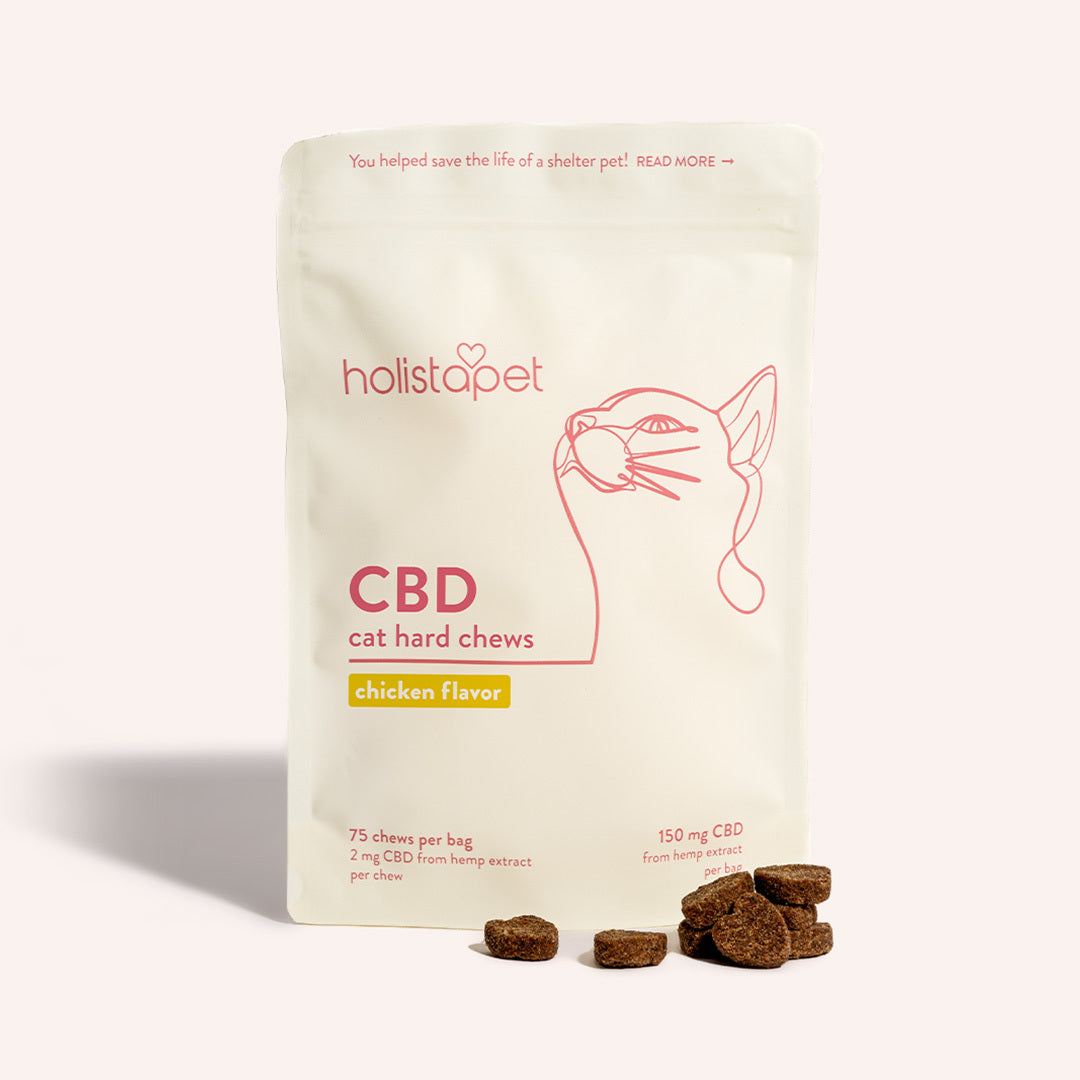
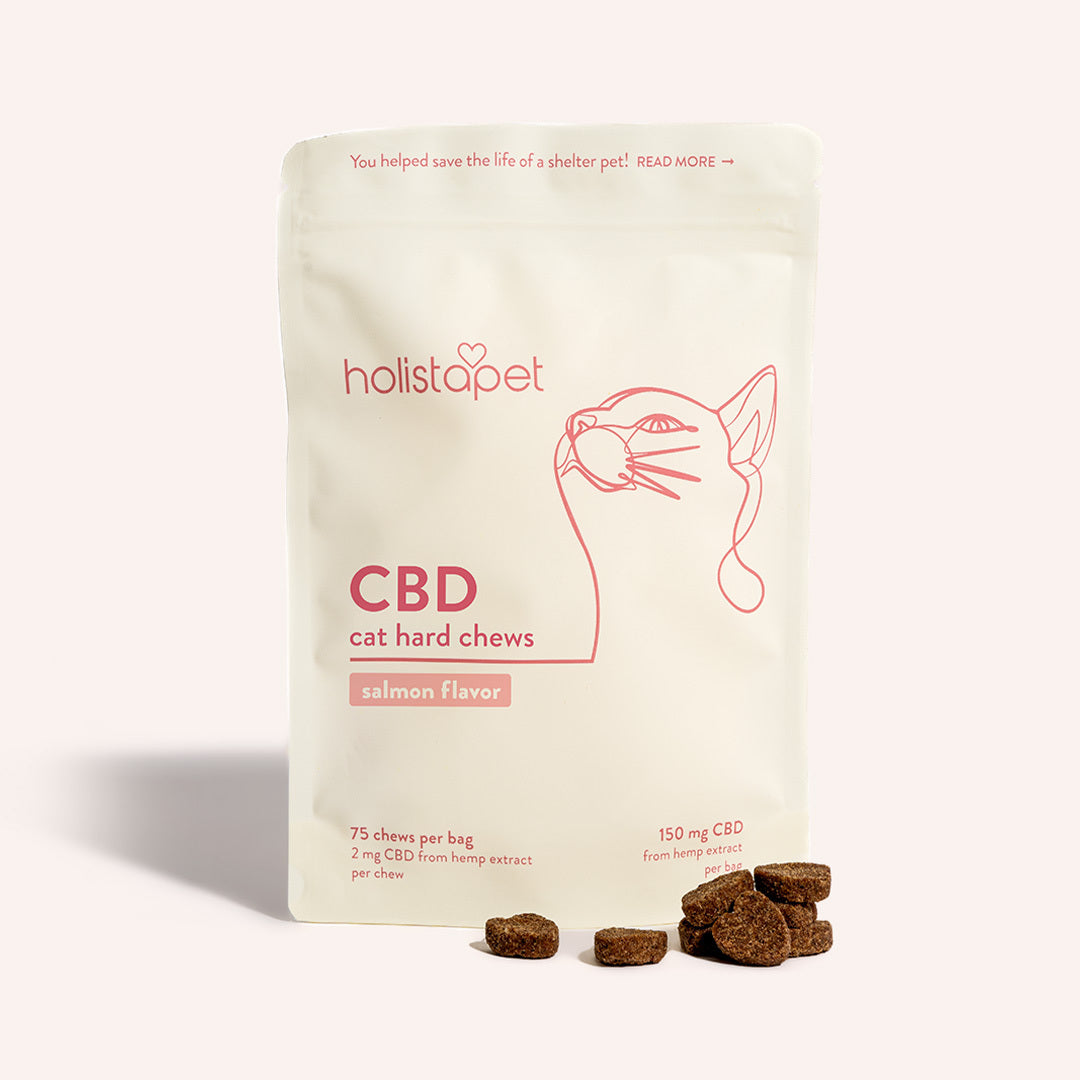
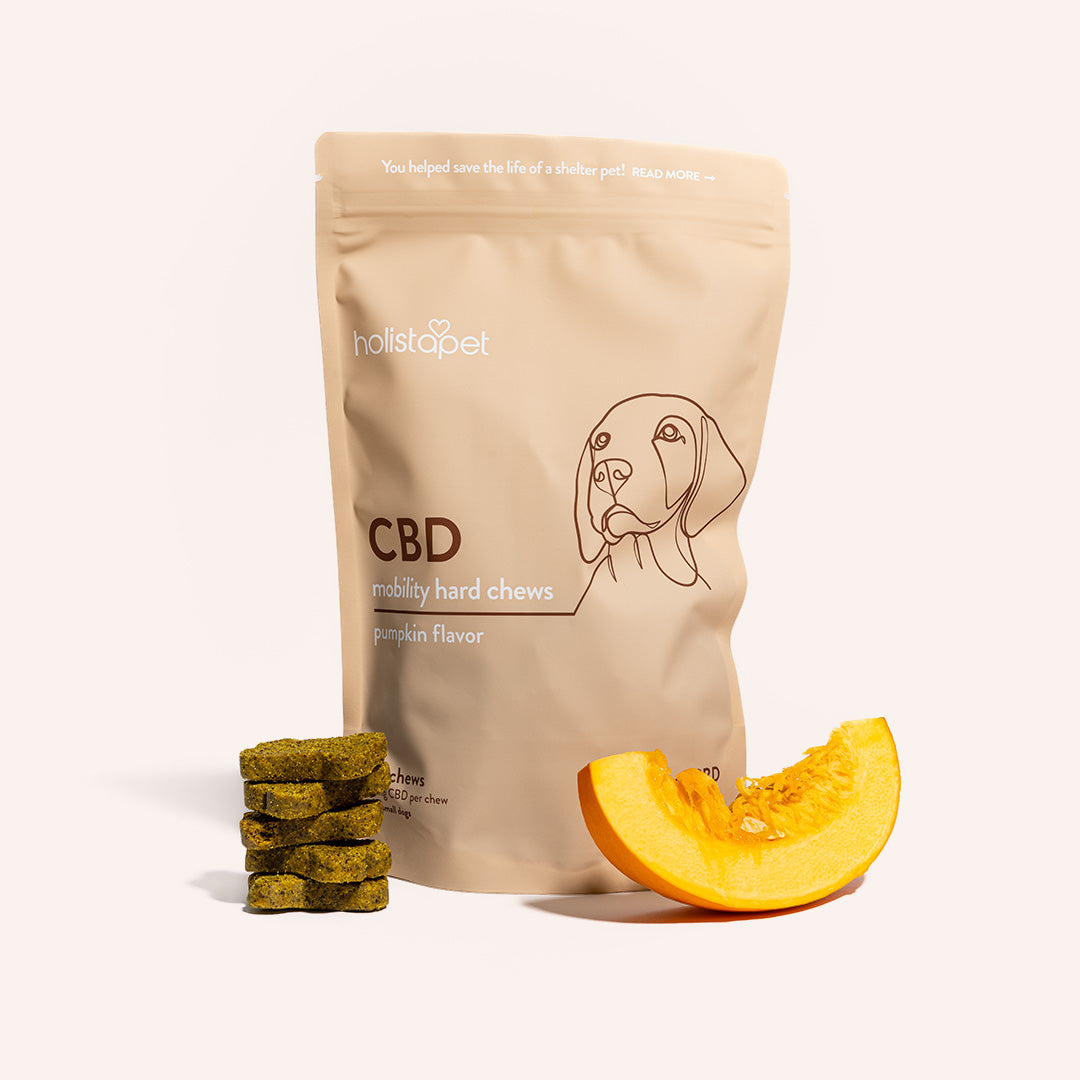
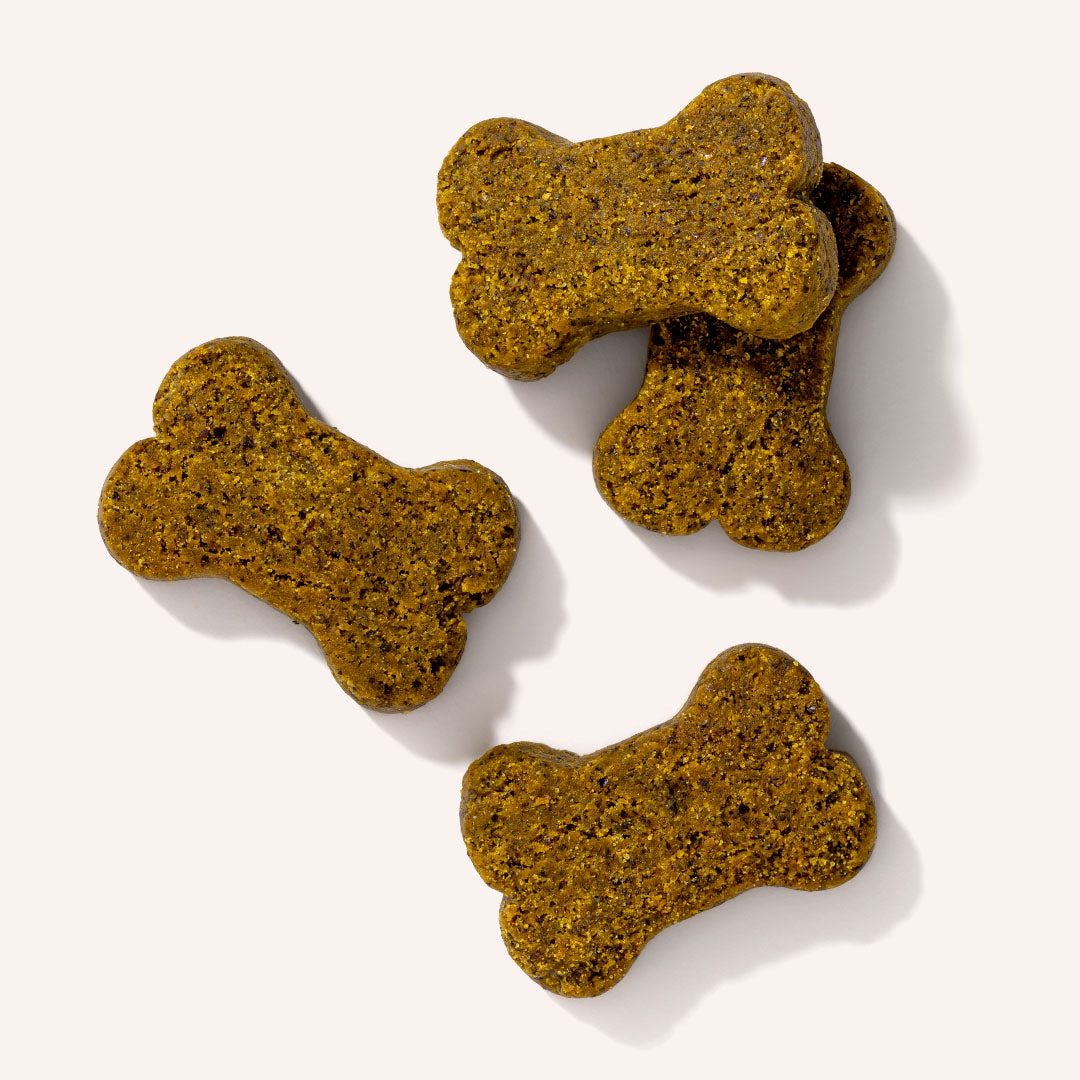

Leave a comment
All comments are moderated before being published.
This site is protected by hCaptcha and the hCaptcha Privacy Policy and Terms of Service apply.